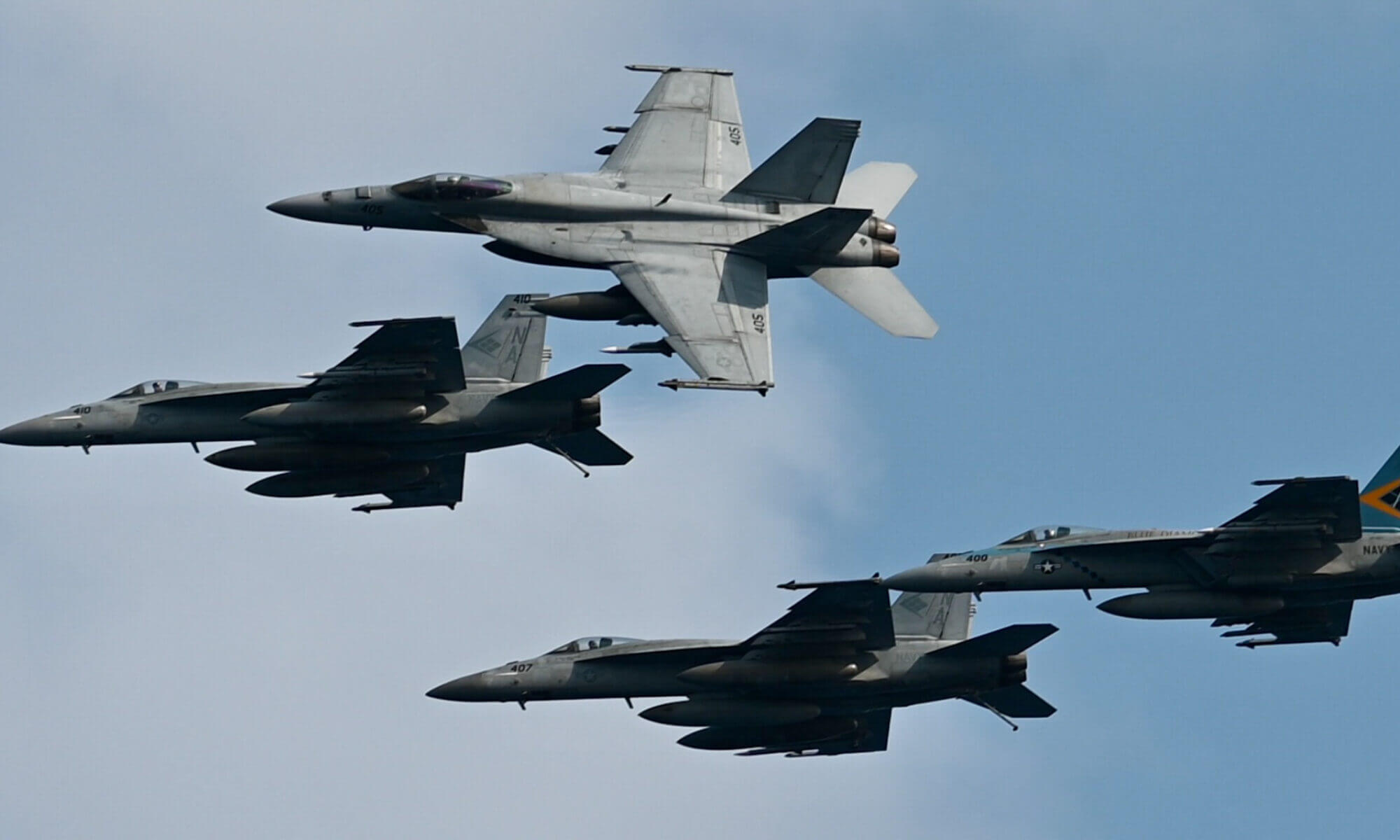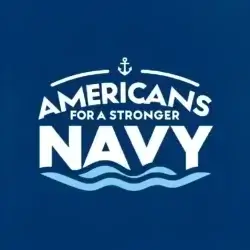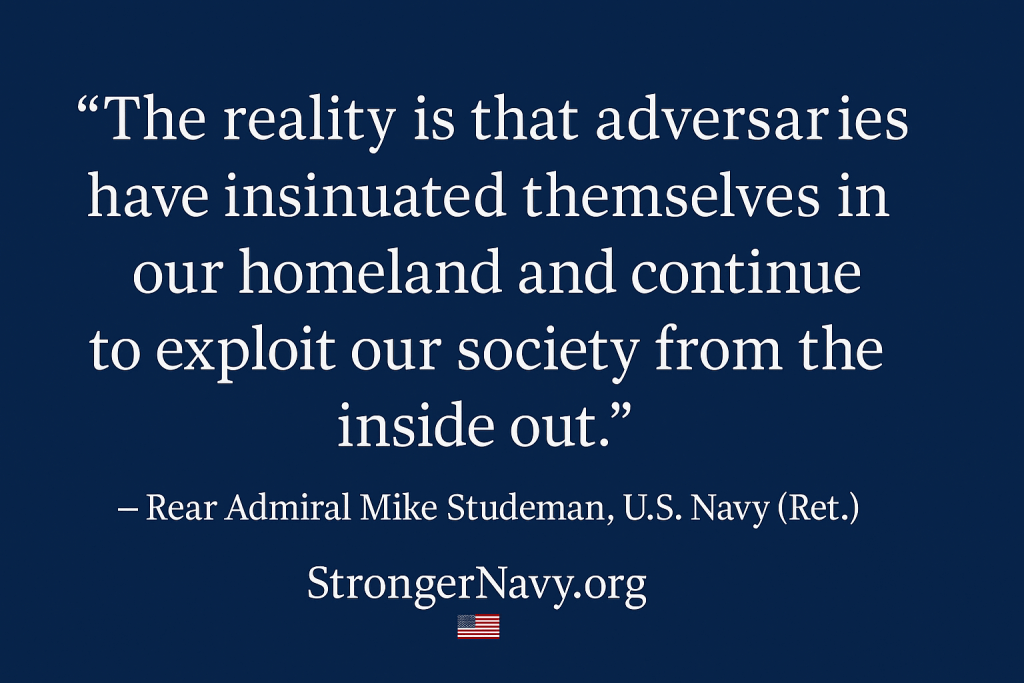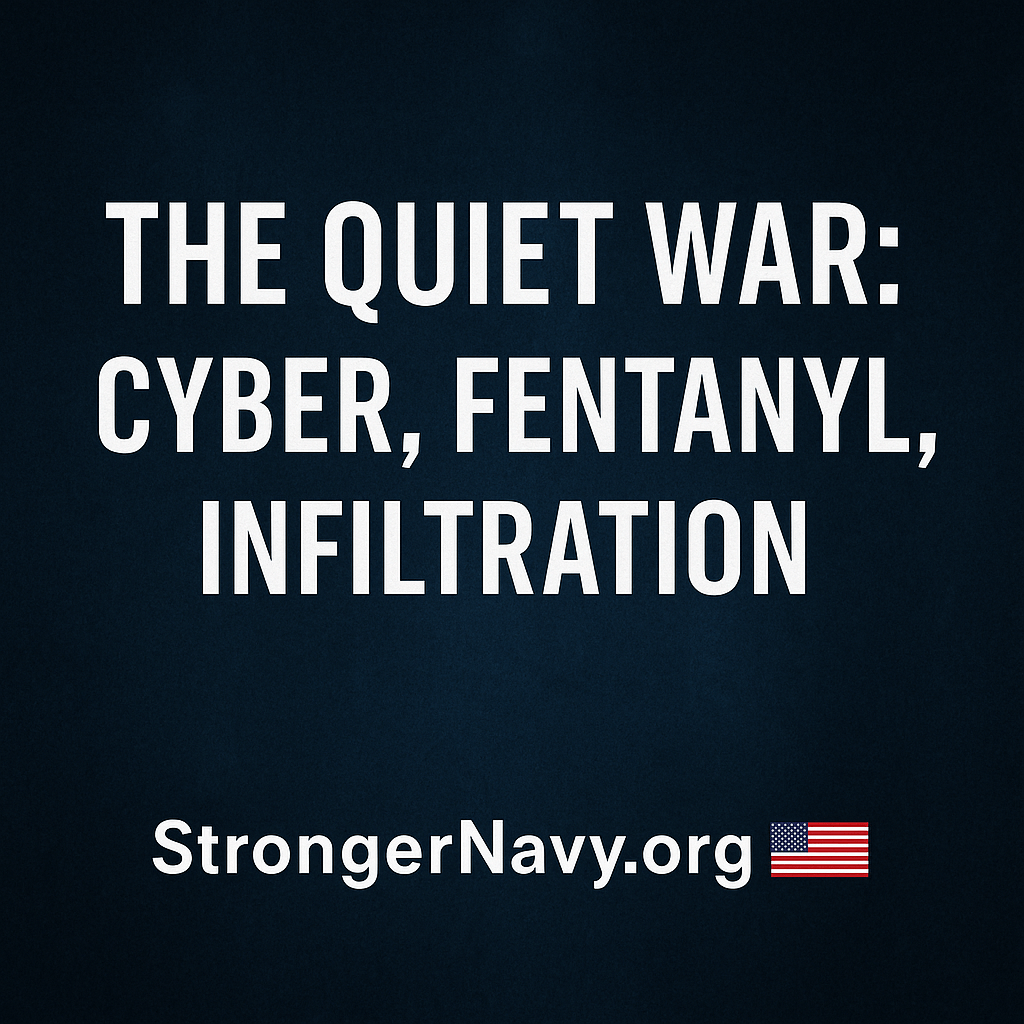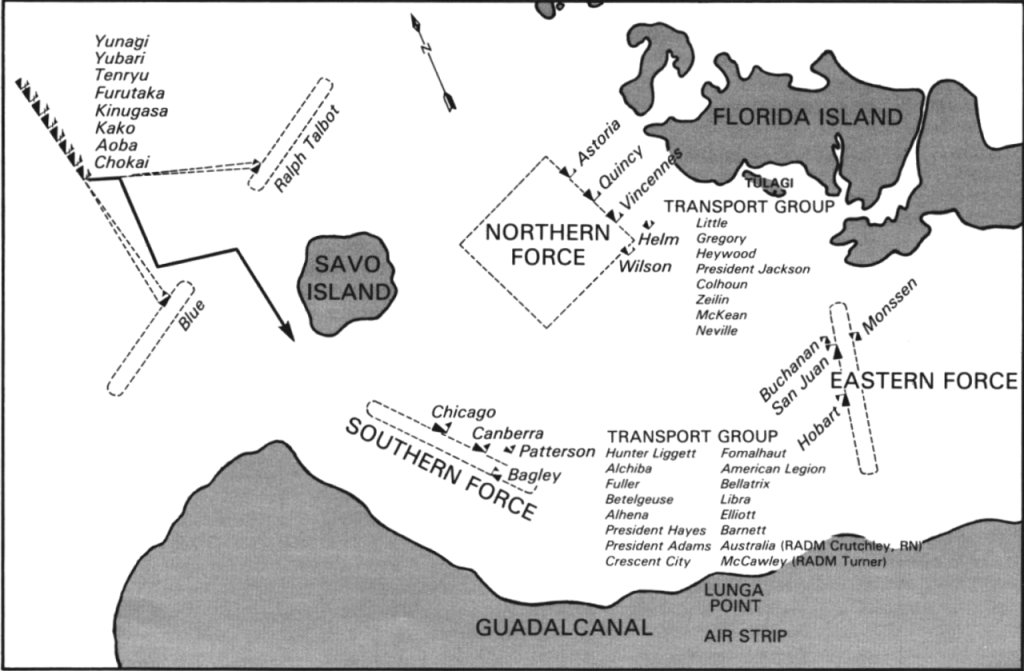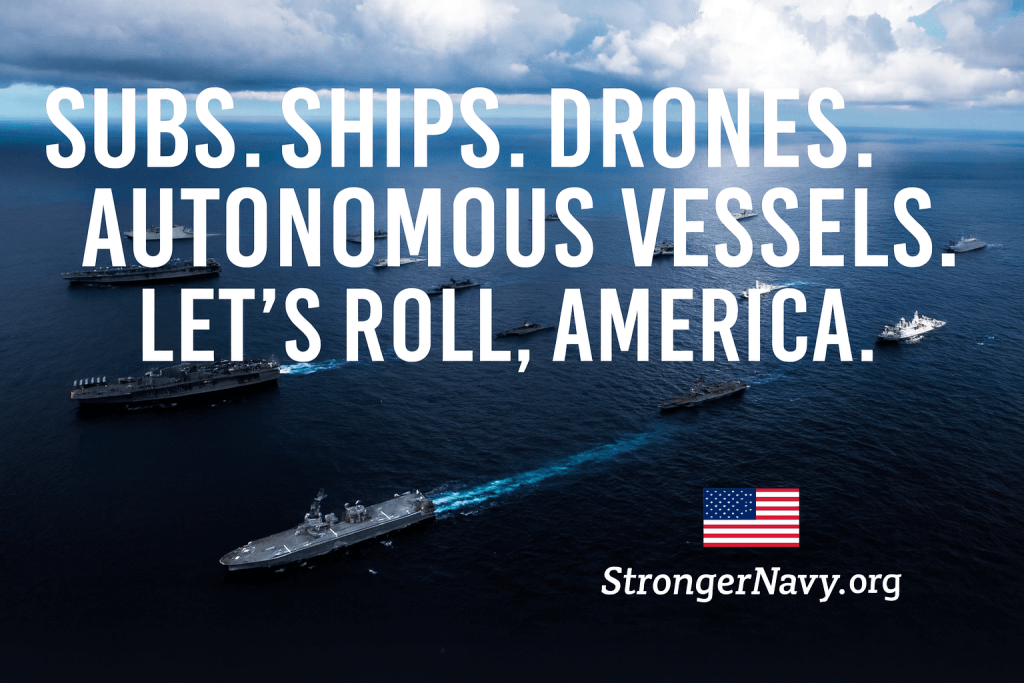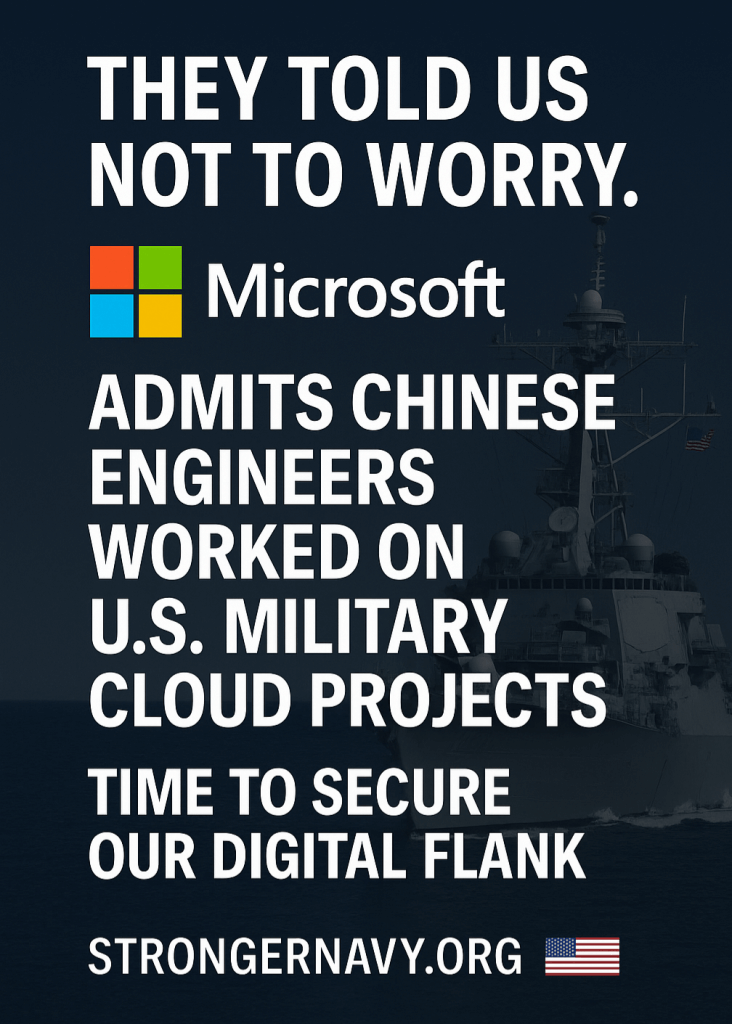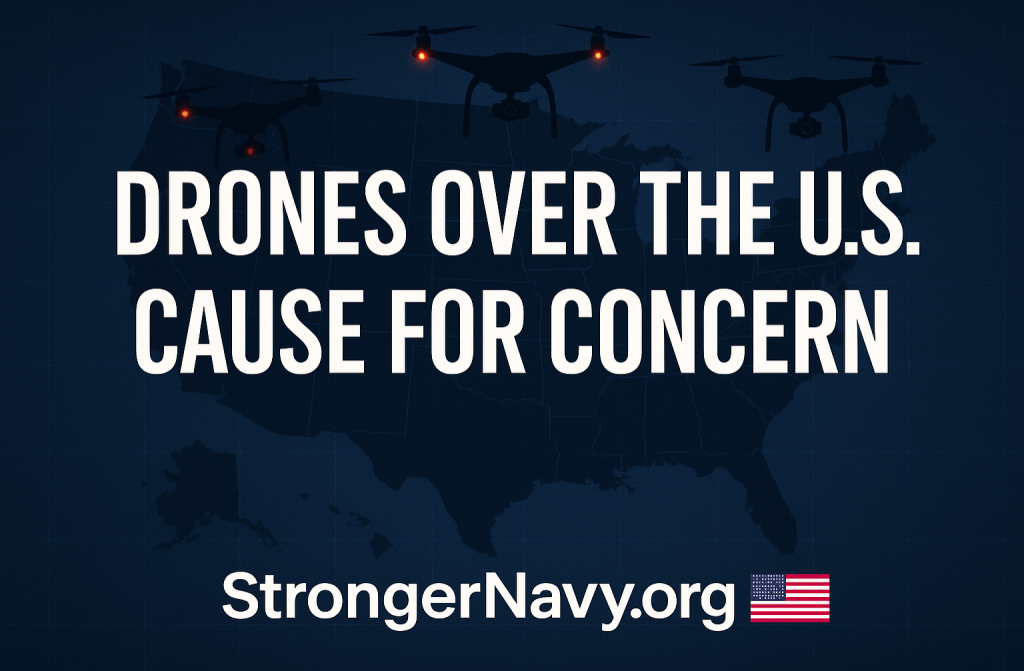

How one Naval officer’s warning and one strategist’s vision show us the path forward
Introduction
In June 1943, the USS Essex arrived at Pearl Harbor, followed shortly by the USS Yorktown. These weren’t just two more ships—they were harbingers of American naval dominance. By August 1945, the U.S. Navy commanded 6,768 ships, dwarfing every other navy on earth. For a brief, shining moment, America achieved total maritime supremacy.
That moment, as Commander Benjamin Armstrong reminds us in his prescient Proceedings article, was fleeting. More importantly, it wasn’t inevitable. “American naval dominance is not a birthright,” Armstrong writes. “It cannot and should not be assumed in the 21st century.”
The Choice Before Us
Today, we face another inflection point remarkably similar to the one Alfred Thayer Mahan confronted in 1890. Then, as now, America had to choose between maritime greatness and strategic irrelevance.
Mahan saw an America that had grown economically powerful but remained strategically vulnerable. His solution wasn’t just to build ships—it was to educate the American people about why naval power mattered. Through articles in The Atlantic, books that shaped presidents, and tireless public advocacy, Mahan created the intellectual foundation for American naval expansion.
The result?
White Fleet, the Panama Canal, and the naval infrastructure that would prove decisive in two world wars.
History’s Pattern: The Sine Wave of American Naval Power
Armstrong’s analysis reveals a crucial truth: American naval strength has never followed a straight line. Instead, it follows what historian Craig Symonds calls a “sine wave”—peaks and troughs dictated not by strategic logic, but by how Americans view their role in the world.
After the War of 1812, when the Royal Navy had blockaded American ports and burned Washington, Congress appropriated $8 million for naval construction—the largest appropriation to that point. Americans had felt vulnerability firsthand, and they acted.
But by the 1850s, southern politicians saw the Navy as a tool of federal overreach. The fleet shrank. After the Civil War, America turned inward, focusing on western expansion. The Navy withered to just 38 ships by 1886.
Then came the 1890s economic expansion, Mahan’s influence, and renewed American ambition. The Navy grew again, reaching its “Second to None” peak during World War I, only to shrink again during the peace dividend of the 1920s.
The pattern is clear: American naval power rises and falls based on American choices, not strategic necessity.
The 1940 Moment: When America Chose Dominance
The most instructive parallel to today came in June 1940. As German forces overwhelmed France, Chief of Naval Operations Harold Stark requested $4 billion to increase the fleet by 70 percent. Congress didn’t just approve it—they doubled it, appropriating over $8 billion for the Two-Ocean Navy Act.
That wasn’t a military decision or even an executive branch decision. It was the American people, through their representatives, choosing naval dominance. Three years later, that choice manifested as the Essex and Yorktown sailing into Pearl Harbor, beginning America’s brief moment of total maritime supremacy.
Today’s China Challenge: Mahan’s Nightmare Realized
Mahan warned that America’s geographic advantages were temporary. He feared a day when a rising power could challenge American access to global markets and trade routes. That day has arrived.
China launches a new warship every month. We launch one every two years. By 2030, China will field 460 ships to our 290. More troubling, they’re building in contested waters—the South China Sea that carries $3.4 trillion in annual trade, including the supply chains that stock every American store and factory.
This isn’t just a military problem—it’s an economic catastrophe waiting to happen. Every iPhone, every car part, every prescription drug that crosses the Pacific depends on naval power to guarantee safe passage. When China can stop our ships, they can stop our economy.
The Mahan Model for Modern Advocacy
Just as Mahan educated Americans about naval power’s economic importance, we must connect naval dominance to modern prosperity. The tech industry that depends most heavily on Pacific trade should lead this effort—after all, they collectively enabled China’s rise through technology transfer and manufacturing partnerships.
Apple’s entire business model assumes free navigation of sea lanes China now contests. Tesla’s Shanghai factory means nothing if Chinese warships can interdict the ships carrying Tesla vehicles to American ports. Amazon’s global supply chain collapses without the Navy to keep shipping lanes open.
These companies have the resources and self-interest to fund a sustained campaign for naval investment. A small fraction of their cash reserves could support the kind of public education that creates political will for a 500-ship Navy.
The Choice Point: Repeating 1940
Armstrong’s historical analysis points to an uncomfortable truth: “The size and shape of the fleet have ebbed and flowed across history. American naval dominance is not a birthright… American naval dominance is a choice.”
We are at such a choice point now. Like 1940, we face a rising challenger, contested sea lanes, and an American public largely unaware of the stakes. Like 1940, we need both strategic vision and public will.
The strategic vision exists—military leaders have clearly articulated the need for over 500 ships and increased naval spending. What’s missing is the public education and political mobilization that translates vision into funding.
The Path Forward: GDP and Political Will
Currently, America spends roughly 1% of GDP on naval forces. In 1940, when we chose dominance, we spent over 8%. Even achieving a modest increase to 2% of GDP would fund the 500-ship Navy our strategists say we need.
But that requires the American people to make the same choice their grandparents made in 1940: that naval dominance isn’t a luxury, but a necessity.
Like Mahan 130 years ago, we must educate Americans about the connection between naval power and their daily prosperity. We must show them that the choice isn’t between military spending and domestic priorities—it’s between naval investment and economic vulnerability.
Conclusion: The Mahan Moment
Alfred Thayer Mahan changed how Americans thought about naval power through sustained public advocacy. He connected abstract strategic concepts to concrete economic interests. He made the case that naval power wasn’t optional for a trading nation—it was essential.
Commander Armstrong’s warning gives us the historical framework. Mahan’s example gives us the method. China’s challenge gives us the urgency.
The question isn’t whether America can afford naval dominance. The question is whether we can afford to lose it. In 1940, Americans chose wisely. The prosperity and security of the next 50 years depends on whether we choose as wisely today.
American naval dominance isn’t our birthright. But it can be our choice—if we make it while we still can.
Sign up for: Charting the Course: Voices That Matter—a 24-part educational series breaking down how we got here, what went wrong, and what must happen next. Our goal is simple: educate the public, connect the dots, and build the support needed to close the readiness gap before it’s too late.
Let’s Roll.
